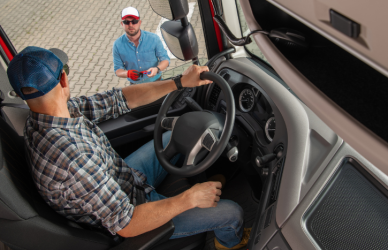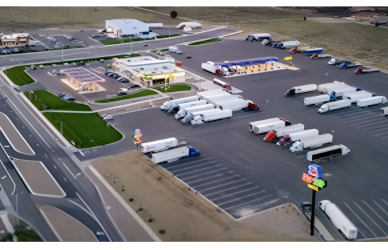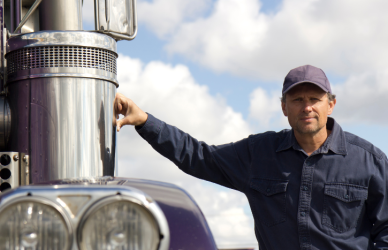The latest program from the North American Council for Freight Efficiency (NACFE), Run on Less, has been full of pleasant surprises. The study group reports that the Tesla Semi is living up to the hype, and there have been significant advancements in trucks and chargers compared to last year’s Run on Less: Electric program.
NACFE has posted some early results from the ongoing Run on Less: Electric Depot, which started on Sept. 11 and will continue until Sept. 30.
“The electrification of large depots is more realistic than we originally thought,” NACFE Executive Director Mike Roeth said in a statement. “Electric trucks are becoming an option in longer regional haul return-to-base operations.”
Tesla Semis, although impressive, have been outperformed in terms of range by other Class 8 tractors that participated in the 2021 event.
Some companies, including OK Produce, Penske, Performance Team, PepsiCo, and Schneider, have achieved better efficiency through factors such as regenerative braking optimization and return-to-base charging during single-driver shifts.
As part of the NACFE investigation into scaling up from one or two electric trucks to 15 or more, a total of 10 depots are involved in the program.
At PepsiCo Inc.’s Sacramento Beverages depot, the Tesla Semis completed an impressive 384 miles on a single charge and 806 miles in a single 24-hour day, thanks to fast 750-kilowatt charging. This showcases the potential of fast charging, as highlighted by Mike Roeth at a LinkedIn Live event on Sept. 18.
When Tesla Inc. CEO Elon Musk introduced the Semi in 2017, he promised a range of 500 miles without charging, assuming a full 80,000-pound gross vehicle weight.
“The Tesla numbers speak for themselves. They are showing us sort of the future. It’s like the art of the probable here, we hear art of the possible, well, this is more the art of the probable, because it is real trucks, real freight,” Roeth said, so that longer regional haul options open up.
Are electric trucks viable for high-uptime, slip-seat applications? This has always been a big question in fleet electrification. Mullaney, the carbon-free transportation principal at RMI, admits that he was also skeptical for a long time.
“The fear was always that we’d need more trucks to do the same job in high-uptime situations, adding cost to the system,” Mullaney said. “I was also skeptical. Not anymore. The combination of megawatt level charging and battery packs that are probably close to a megawatt-hour (this number is not officially disclosed) clearly can do the job.”
PepsiCo’s Tesla Semi traveled an impressive 1,600 miles in just under 48 hours, he noted.
Mullaney also discussed the potential of a Freightliner eCascadia at a US Foods Inc. depot in California. This truck not only requires a different amount of charge but also contributes to supporting the state’s power grid. The truck begins its route at 3:30 a.m., making multiple stops throughout the day before returning at approximately 4:30 p.m.
“That’s a full day’s work for the driver, but the truck isn’t tired at all. In fact, it’s 60%-70% SOC represents 285-330 kWh of unused power,” Mullaney said. “Getting back at 4:30 p.m. is interesting though, because that is just about when solar generation starts to fade, and the ramp of California’s famous duck curve starts to kick in.”
“No operator is going to run down their batteries to zero, so not all of that 300ish kWh are going to be available, but 200 [kilowatt hours] might be if the price was right,” he said. “These truck batteries are big, and they are being operated by sophisticated companies using sophisticated chargers, which makes for a real opportunity for [vehicle to grid].”
Freightliner’s eCascadias performed exceptionally well in intermodal drayage at Schneider Inc.’s South El Monte depot. Mullaney described a 13-hour shift where the truck had to start and stop, showcasing its capabilities constantly.
“This type of duty cycle is where electrics can really shine. This one completed a 185-mile day, with no opportunity charging (and no downtime to charge if it had needed it), in stop-and-go conditions,” he said. “This type of duty cycle is where traditional diesel fare the worst, both in terms of fuel economy and pollution emissions — with emissions management systems often struggling in low engine load conditions like this.”
According to Roeth, NACFE expects to be able to share more data from the program, including payloads for the trucks, in a report which will be issued in October after the study comes to a close.
Source: Transport Topics











